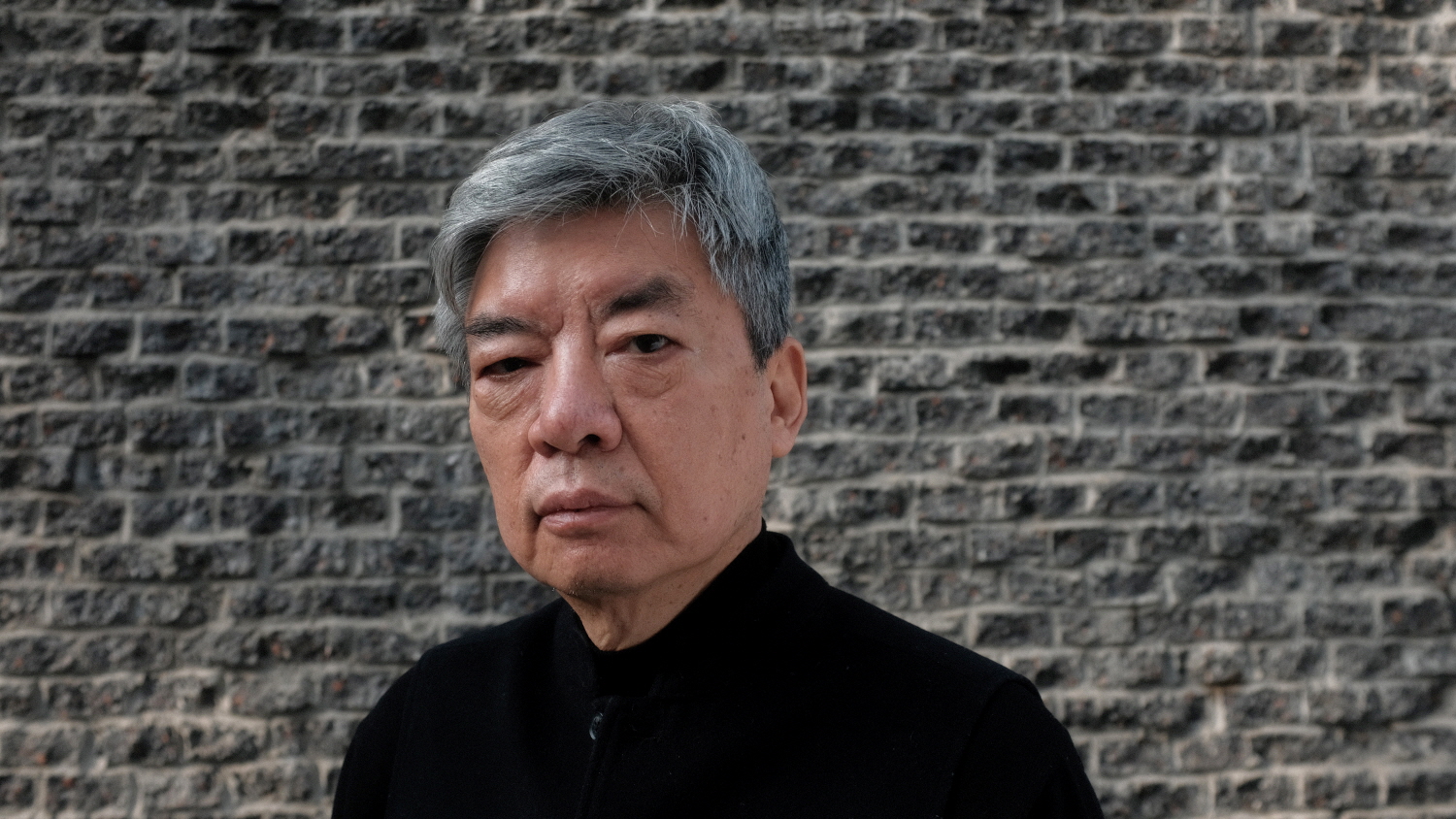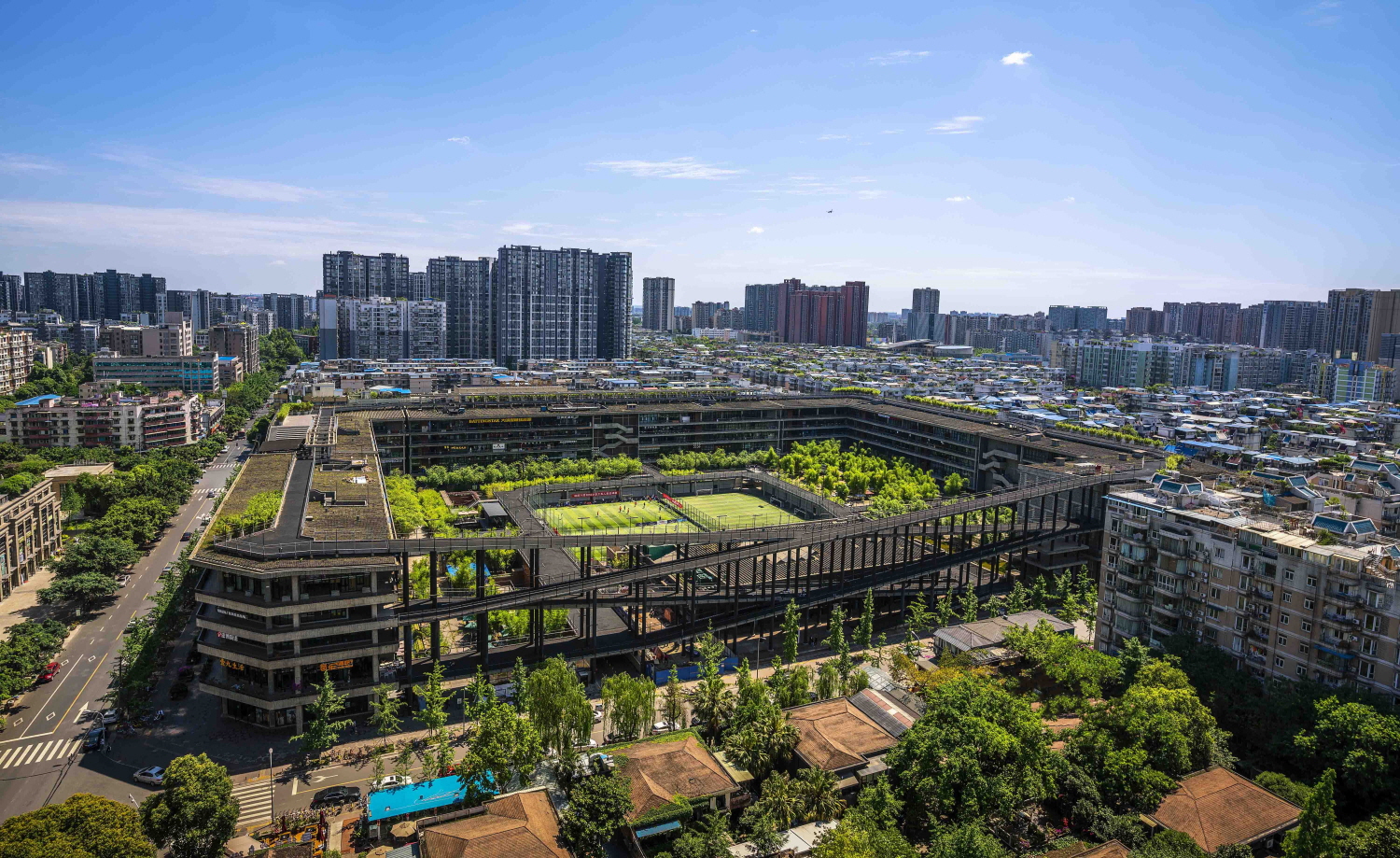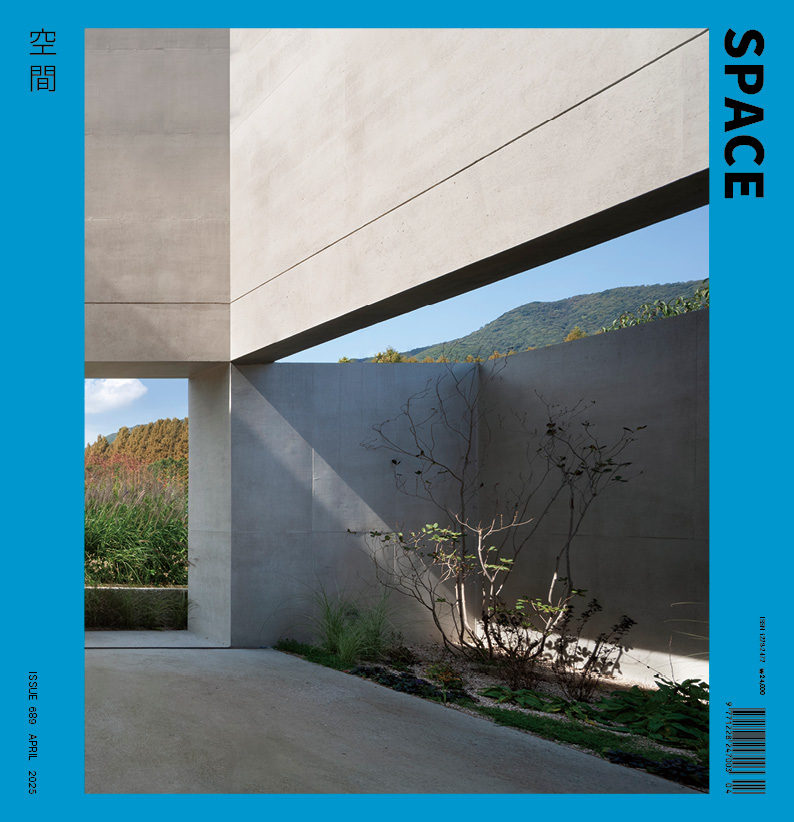SPACE April 2025 (No. 689)

Liu Jiakun / Image courtesy of The Hyatt Foundation / The Pritzker Architecture Prize

Overall view of West Village (2015) ©Chen Chen
On Mar. 4, Liu Jiakun became the 54th recipient of the Pritzker Architecture Prize. Following Wang Shu in 2012, he is the second Chinese architect to be honoured with this award, firmly establishing Chinese architecture on the global stage. In 1999, he founded Jiakun Architects in Chengdu, China, exploring an approach that integrates local and global dimensions by interpreting Chinese philosophy and tradition in a modern context, and by moving fluidly between notions of the collective and the individual. For Liu Jiakun, identity refers to a collective sense of belonging to a specific place. He regards an interest in Chinese tradition not as a nostalgic view of the past but as a starting point for innovation. The Luyeyuan Stone Sculpture Art Museum (2002) is an example of reinterpreting the traditional Chinese garden – an inheritance passed down for thousands of years – into a modern space by preserving existing vegetation and actively integrating natural elements both inside and outside the building. The Songyang Culture Neighborhood (2020) demonstrates excellence in its harmonious embrace of traditional heritage, while in the Renovation of Tianbao Cave District (2020), he made bold use of the mountainous terrain’s elevation changes. Rather than adhering to a single style, he seeks new scenarios for each project.
Liu Jiakun’s work not only resonates with the local landscape but also conveys a social message through practice. After the 2008 Sichuan earthquake, he developed ‘Rebirth Bricks’ by mixing debris from the ruins with locally produced wheat. These bricks are more durable and economically efficient than conventional bricks, and were used in the Shuijingfang Museum (2013) and the Novartis Shanghai Campus (2017)—demonstrating that architecture can do more than simply recycle materials; it can help heal local communities. The roughness in some construction details found in his early works reflects his decision to include local farmers in the construction process, thereby seeking a richer meaning of architecture through hands-on engagement.
Liu Jiakun, regarding his own approach, has stated, ‘Architecture should reveal something—it has the power to shape human behaviour and create atmospheres, evoking a sense of shared community.’ His interest in place and community also manifests in how he creates public spaces within dense urban environments. His major work West Village (2015) spans an entire urban block, where he arranged cultural and commercial facilities in combination with an elevated ramp, while the interior was boldly opened up to form a central garden and a public gathering space lined with trees. It is a prime example of how a single architectural project can serve as a work of infrastructure, landscape, and public space. Reflecting on the contemporary urban phenomenon where functions tend to become separated, 2016 Pritzker Architecture Prize laureate and jury chair Alejandro Aravena commented, ‘Liu Jiakun takes the opposite approach and sustains a delicate balance to integrate all dimensions of the urban life.’
This spring, an event celebrating Liu Jiakun’s achievement will be held in Abu Dhabi, followed by an online awards ceremony in the autumn. Readers can learn more about his major works and read critiques by domestic and international scholars in the monograph Liu Jiakun (2019), published by SPACE BOOKS as part of the SNU-Mokchon lecture series.





